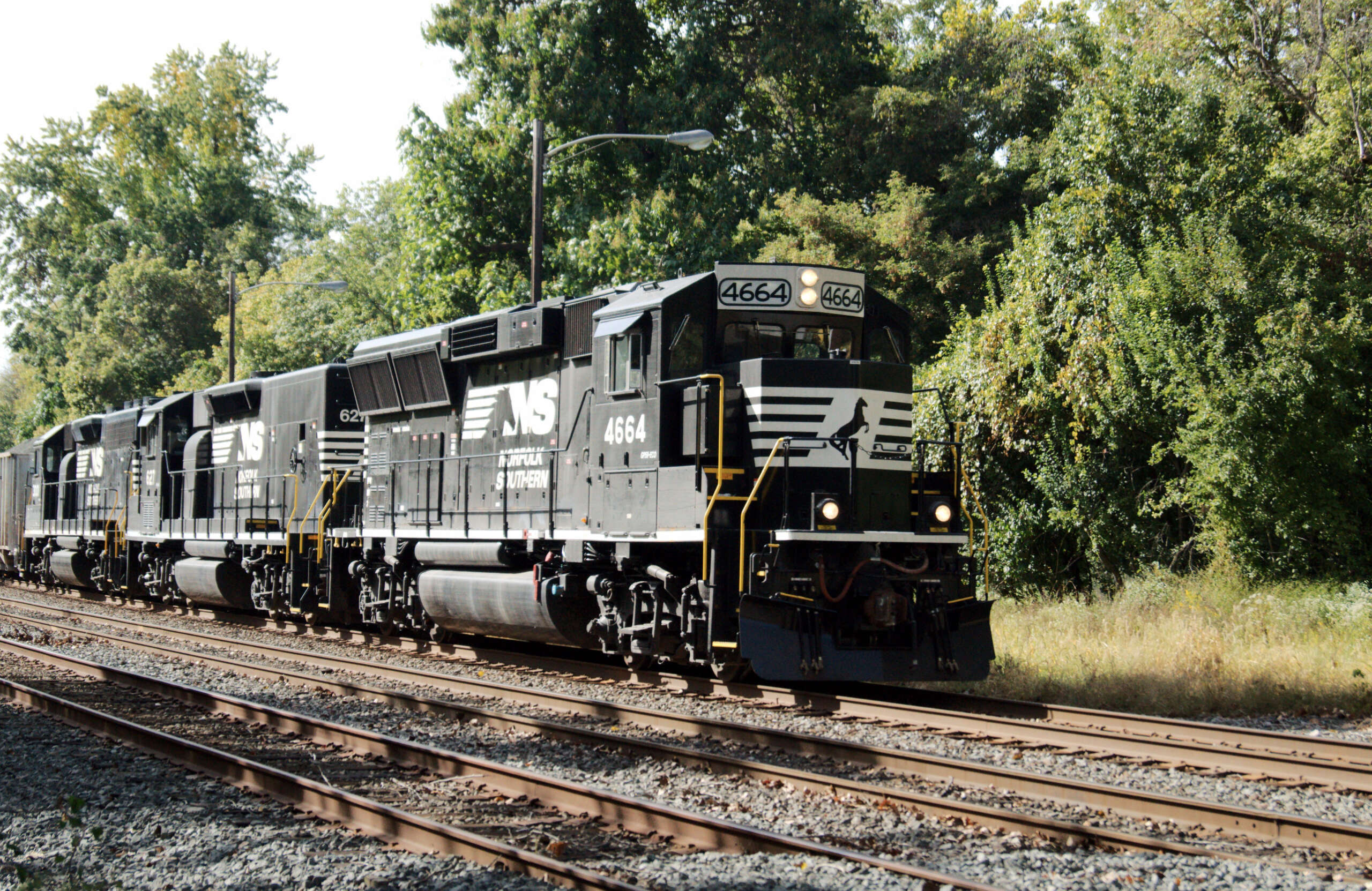Asbestos Claims Against Pittsburgh Corning
Some of the first asbestos injury lawsuits filed in the 1960s and 1970s were against Pittsburgh Corning, which for many years was a leading glass block producer in the United States. Founded in 1937 after combining Pittsburgh Plate Company and Corning Glass Works, Pittsburgh Corning was not originally associated with asbestos. It wasn’t until 1961 when Pittsburgh Corning bought UNARCO- owned insulation factories that asbestos became a concern. UNARCO manufactured Unibestos, which was a type of asbestos insulation that was used for pipes, gaskets, cement, and other industrial uses. By 1962, Pittsburgh Corning owned two of these asbestos manufacturing plants; one in Tyler, Texas, and one in Port Allegany, Pennsylvania.
Unsure about working conditions, in 1963 the Industrial Hygiene Foundation evaluated air samples and asbestos dust found at the Tyler Plant. Even though high levels of asbestos dust were found, only recommendations for better ventilation were proposed. Just a few short years later, the Tyler plant was surveyed again. Again, high levels of asbestos dust were recorded throughout the plant. Misinterpreted results from these findings once again led to recommendations for better air circulation and ventilation. A year later, environmental samples were taken from the factory and once more results showed asbestos content was high; however, reports did not mention the potential health hazards associated with these high levels of exposure.
High levels of asbestos dust repeatedly found over years of testing at the Tyler Plant in Texas begs the question: why was nothing done? At the time, the Occupational Health and Safety Administration (OSHA) did not exist. Instead, it was up to the Bureau of Occupational Safety and Health to assess these risks. The Bureau of Occupational Health and Safety did not have legal authority to enter factories and operated on a confidentiality principle that if a harmful substance was found, industries had the right to keep that information confidential and not inform their works or unions. This meant that industries could investigate possible health hazards but not have to provide results of their studies to the people it effected.
Time went on, and health inspectors continued to perform tests to determine the amount of asbestos and subsequent health hazards. Over the span of six years, five separate studies were done, analyzing and testing hundreds of air samples. Results had all shown high levels of asbestos fibers but reports never concluded what that may do to workers’ health.
Time for Change – OSHA in 1970
In 1970, Occupations Health and Safety Act passed, creating the Occupational Health and Safety Administration that we know today. This act allows government the authority to set health and safety standards in a business and issue citations when standards are not met. The National Institute for Occupational Safety and Health (NIOSH) was created to replace the Bureau of Occupational Safety and Heath, which gave the government legal authority to enter and inspect businesses.
Once more, the Tyler plant was inspected, this time by NISOH. Reports showed nothing new – asbestos dust levels were alarmingly high – but this time, there were consequences. These consequences amounted to a $210 fine and a few citations for insufficient ventilation and dust control. Additionally, OSHA set a March 31, 1972, deadline for drastic improvements to be made to the ventilation system. Pittsburgh Corning may have escaped once again any serious health violations from the government, but the company was dismayed by this deadline. Instead of rectifying the situation, Pittsburgh Corning shut down the Tyler Plant altogether and by the end of February 1972, most of the equipment from the factories was destroyed, sold, or buried. Closing the plant would not resolve the issue already at hand – hundreds of workers were exposed to high levels of asbestos and over time were at risk of developing lung cancer, mesothelioma.
Claims against Pittsburgh Corning included Yandle v. PPG Industries. Herman Yandle, a former employee at the Tyler factory in Texas had died of asbestosis. His widow filed a gross negligence claim against Pittsburgh Corning and several other defendants: North American Asbestos Corporation (Chicago), Cape Industries, Ltd. (London), and EGNEP. Ltd (South Africa).
North American Asbestos Corporation received asbestos orders from Pittsburgh Corning. North American then placed those orders with Cape Industries in London, who then placed the orders with EGNEP, Ltd., a company in South Africa that mined asbestos. Depositions revealed that Pittsburgh Corning was warned about the dangers of asbestos back in 1961, when they began purchasing the carcinogen from UNARCO. In the end, a settlement was reached in September 1977 in the amount of $20 million.
Over the next two decades, litigation was brought against Pittsburgh Corning and by April 2000, the company filed for Chapter 11 Bankruptcy. An asbestos bankruptcy trust was created and today millions have been set aside for those who are suffering from lung cancer, mesothelioma, and asbestosis due to asbestos exposure.
Despite early investigations that clearly showed an exorbitant amount of asbestos dust, workers, staff, and other employees were never informed of the hazards of breathing in asbestos in the workplace. Workers brought home clothes covered in asbestos fibers, which affected whole households. Wives contracted mesothelioma just from laundering clothes, children became ill through something as simple as a hug. If you or a loved one has been recently diagnosed with lung cancer or mesothelioma, contact the asbestos attorneys at Goldberg Persky, & White. You and your family may be entitled to significant compensation.




